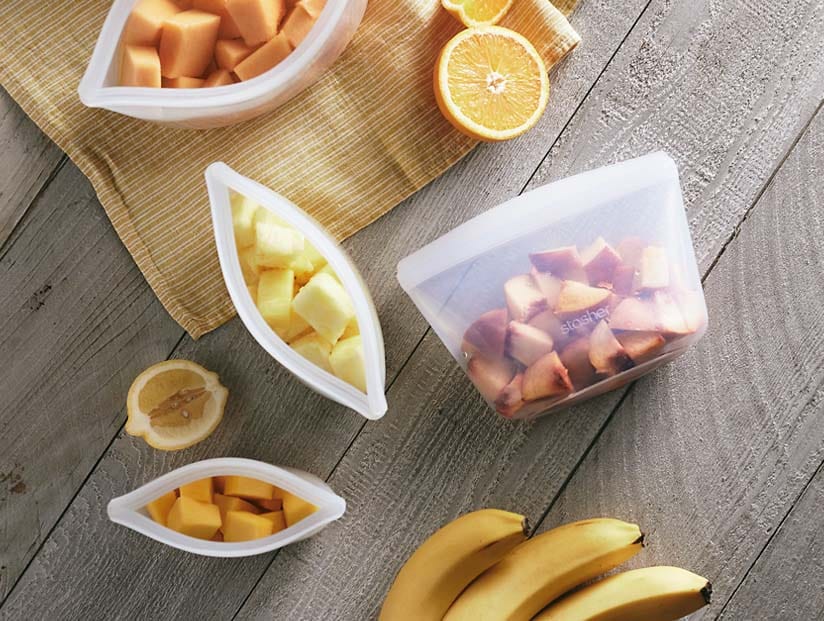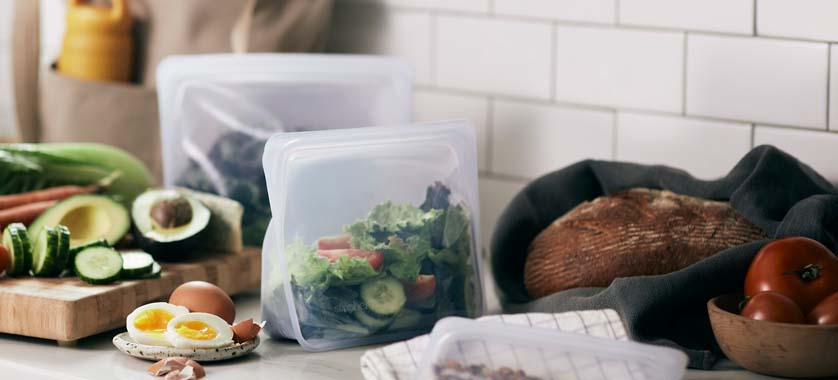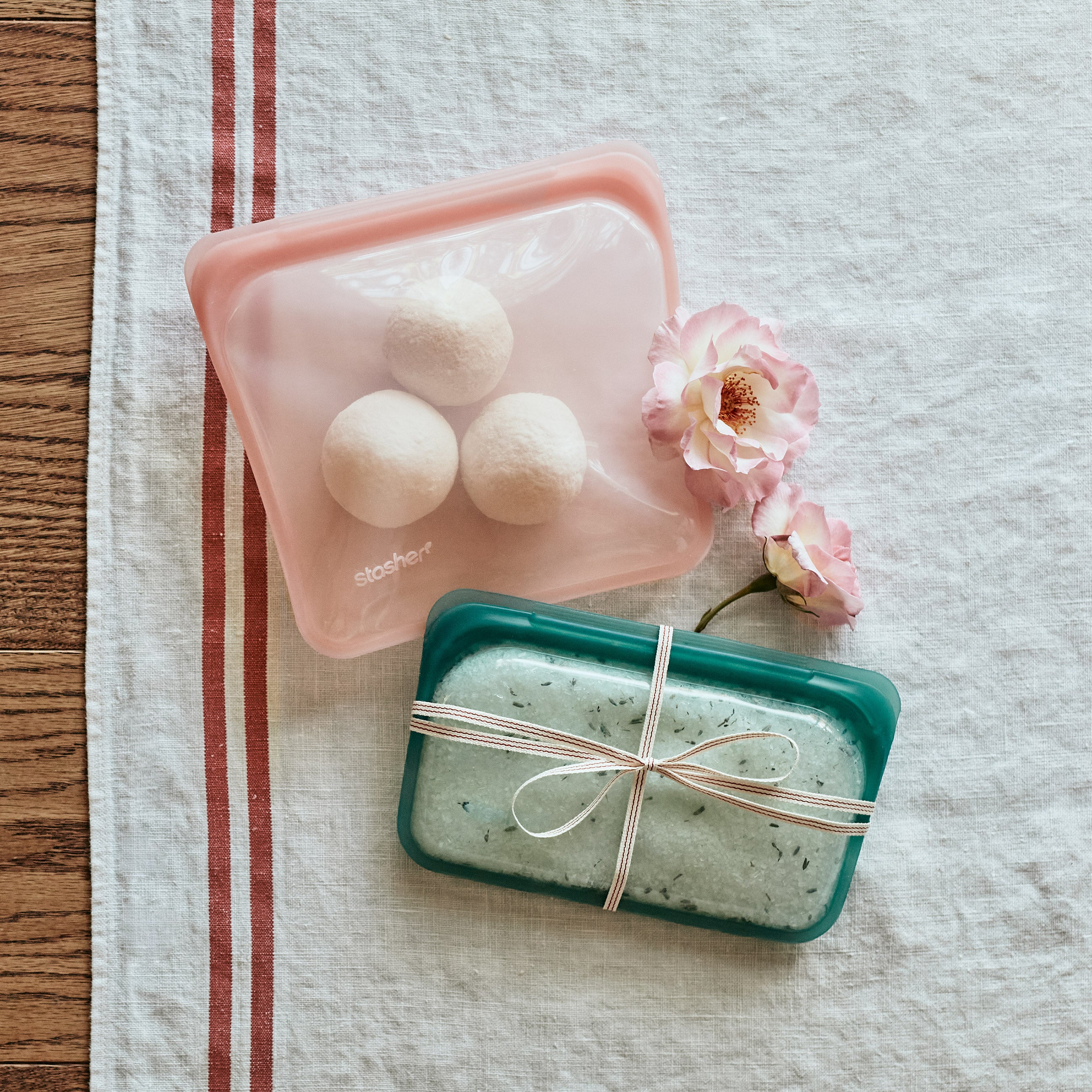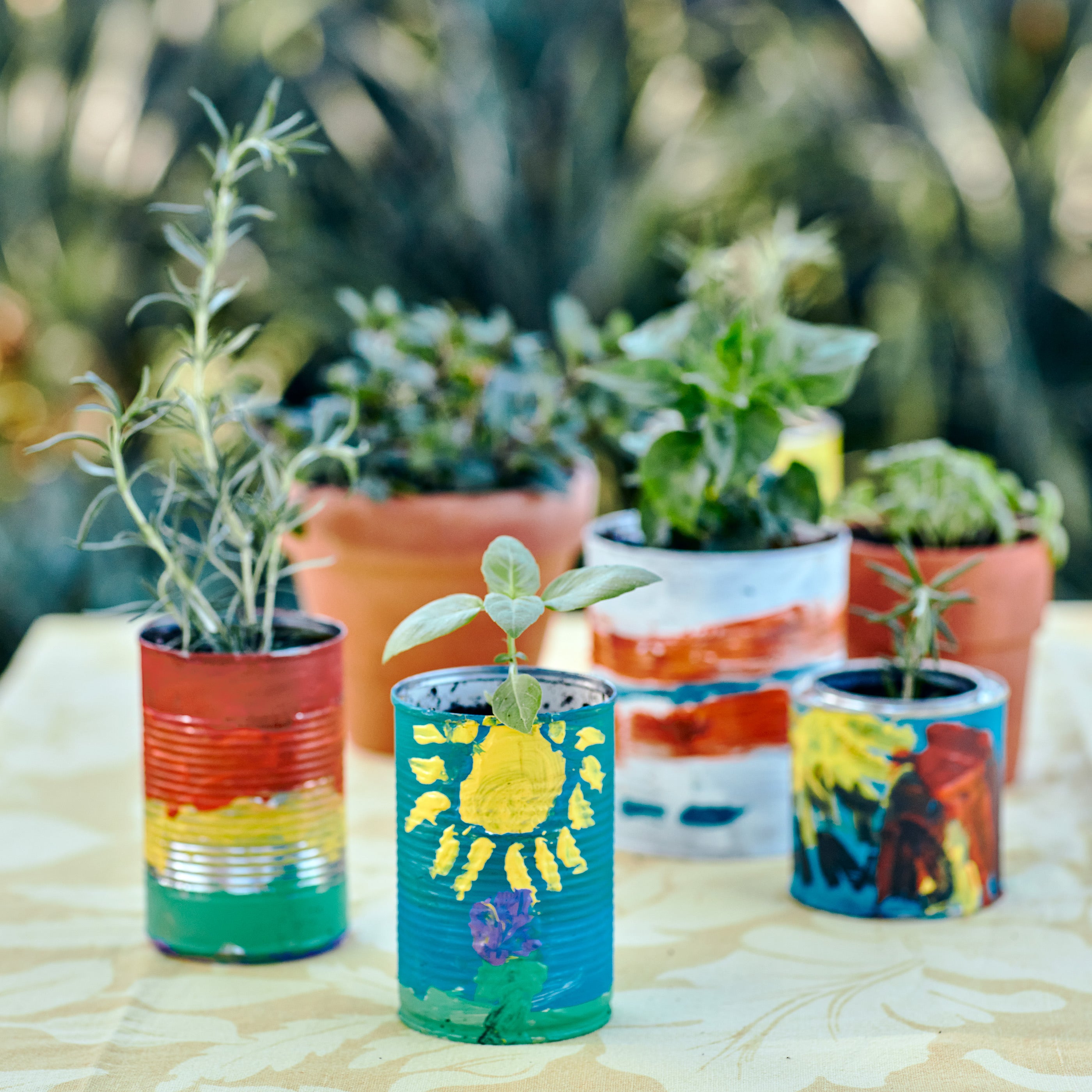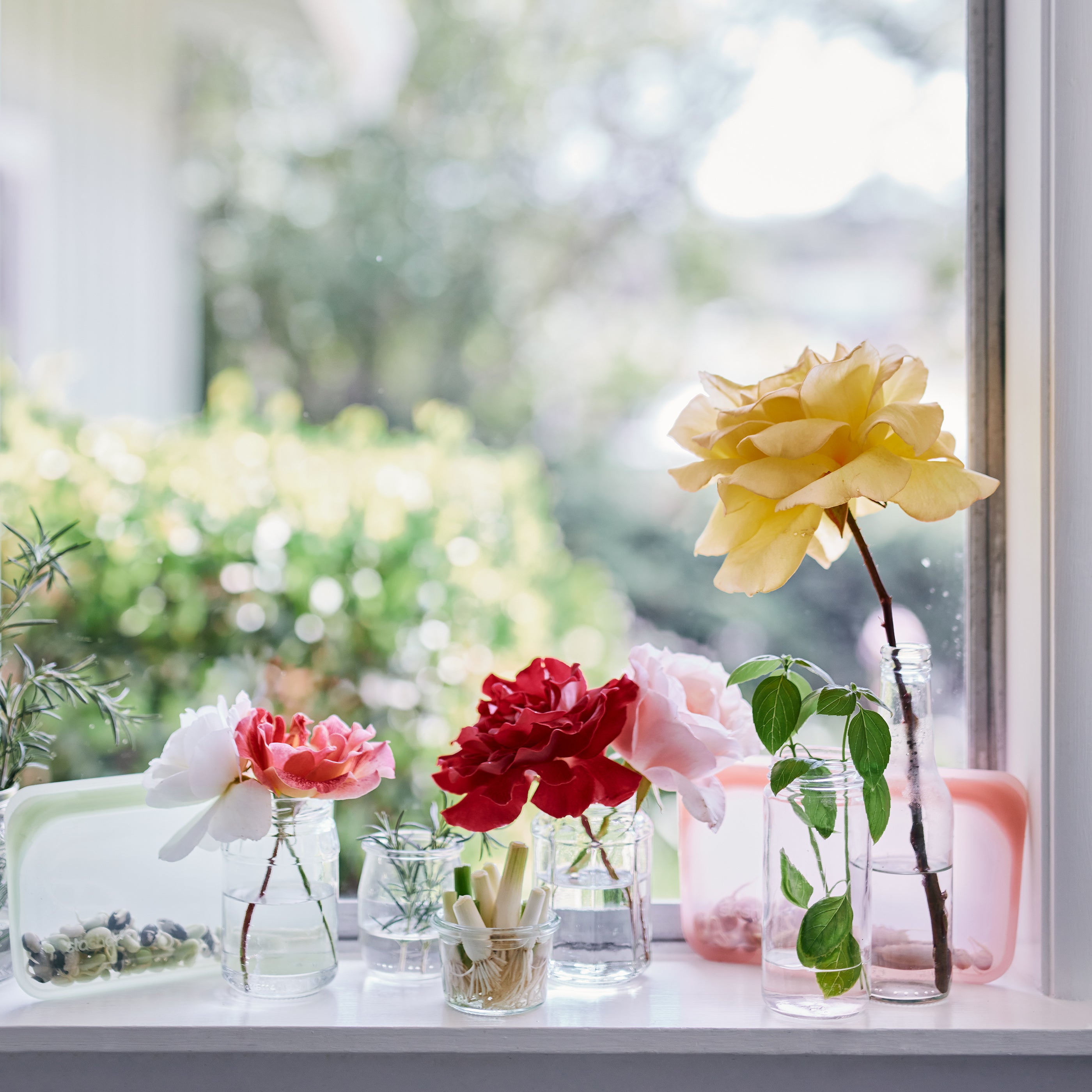
Zero Waste Countertop Gardening: Veggies You Can Regrow From Scraps
If you want to keep up with quarantine kitchen trends, look no further than Instagram. From week to week, my feed has been filled with the collective experiments of quarantine cocktails, sourdough starters, banana bread, and other wonders you can take on when stuck at home. Like the latest trend, regrowing your vegetable scraps. It's like magic: the top of a beet can flourish into a whole growth of beet greens eventually giving you more beets! Your scallions, celery, and carrots magically reappear! What is this alchemy!?
The concept of countertop gardening may be new to a lot of us stuck at home, but it sure is cool. Namely because there are a ton of scraps you can regrow in water or a bit of soil. And you can go way beyond herbs here — we're talking full-on salad fixin's that when grown at home, can save you some cash at the grocer and gives you somewhere to channel that pent-up quarantine energy.
Why regrow your veggies?
There are several reasons to regrow your veggies. First off, it keeps food out of the garbage or compost, helping to reduce your food waste. It also saves you money, since you are essentially getting free veggies. Additionally, it’s fun! It’s pretty mesmerizing to watch the pieces you would have thrown into the compost regrow into something new and consumable. It’s an easy, free way to experience and connect to nature at home, and have a little mini-indoor garden as well.
Want to give it a try? Let’s dive into which veggies you can regrow from their scraps.

Vegetables and herbs you can regrow in water
Carrots
Ever made carrot top pesto? It’s a summer favorite. Now you can have endless carrot tops — just throw the carrot tops in water and watch them regrow.
Lettuce
Can you eat salads for days? Well, now you can regrow your lettuce. Take the base of your romaine lettuce, about two inches, and keep it in water — either watch it grow from there or plant it in the soil in about a week.
Garlic and Onion
You can skip the water here, and plant the top of the onion (which has the nub with the roots), root side down, or whole cloves of garlic directly in soil, and they will sprout and regenerate to new plants. One clove of garlic can regenerate a whole head of garlic.
Celery
Remember the whole celery juice craze? Well, here’s a much more affordable way to go about it— regrow your own celery. Use the base of the celery in water, about the bottom two inches, and wait for it to regrow! You can plant in soil later if you want to take things to the next level.
Beets
Cut off the top of the beets and throw them in some water. Before you know it, you’ll have a little garden of beet greens!
Mint and basil
Cut the plant right above a node (where there are leaves) and strip the rest of the leaves off, only leaving the ones on the top. Throw them in water, and transfer to soil when the roots are two inches.
Green onions
It’s super easy to regrow green onions on your countertop. Just take the white ends and soak them in water (using a mason jar or cup works great to keep them upright) and watch them sprout up new greens! You don't even need to put them in soil, as long as you're refreshing the water every week or so.
Potatoes
Growing white potatoes doesn’t generally work in water, but one potato from the store can produce many if you bury it in soil. Just make sure it’s organic, which will make it much more likely to work. Sweet potatoes, on the other hand, are a whole different beast. You can prop them up in a cup of water, and before you know it, they will be sprouting greens and grow roots. At that point, you can bury the whole thing (which is called a slip) in the soil to grow more potatoes.
Enjoying your new produce
Well, your kitchen looks like a science experiment … now what? Get creative when using your new veggies. They might not fully grow into what you bought in the store, but you can still chop up your scallions or celery and use them in a stir fry or soup, to top a salad, or throw your herbs or carrot greens in a smoothie. Frittatas are a great way to use lots of random veggies and herbs as well.
Storing your new produce
How do you store all these new veggies and herbs? Most vegetables can be cut up and store in the fridge or freezer, and your Stashers will keep them fresh and tasty. Your herbs can be frozen in olive oil or made into pesto and then frozen. Or cook up a meal, like a stir fry or a frittata, and freeze that so that you have dinner on the ready when you really just don’t feel like cooking or get home late from work.
This post was written by Sara Weinreb. Sara is an herbalist, host of the Medium Well podcast, sustainability and business strategist, and writer covering sustainability, wellness, and mission-driven business. You can keep up with her and her musings on Instagram and her curated weekly email, Sara … lately.



